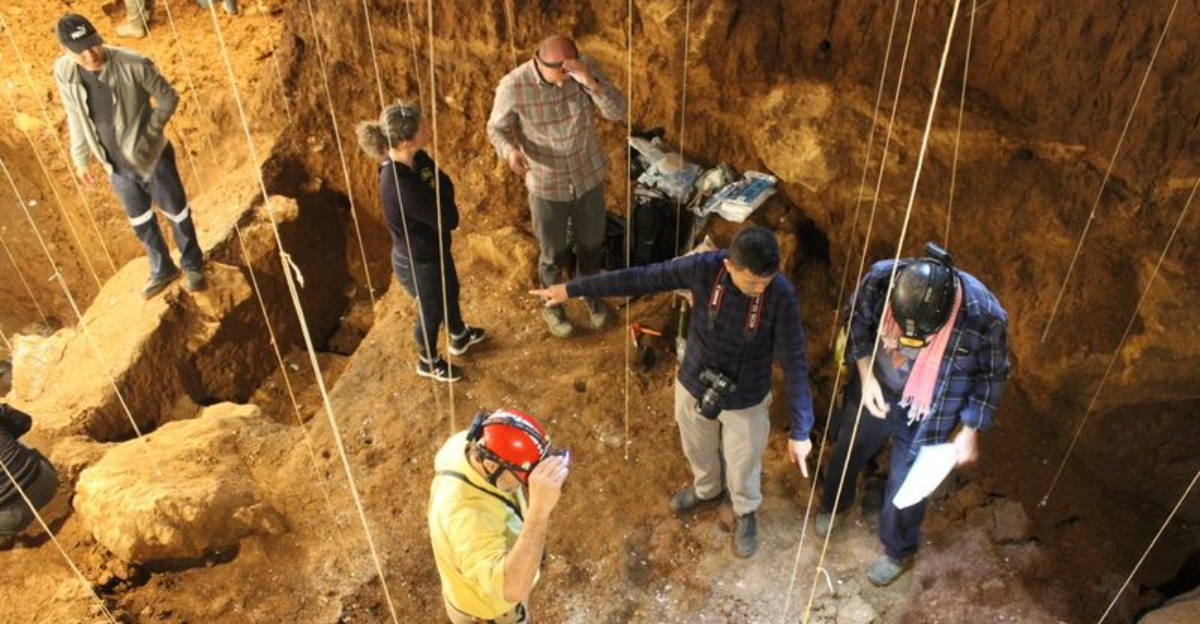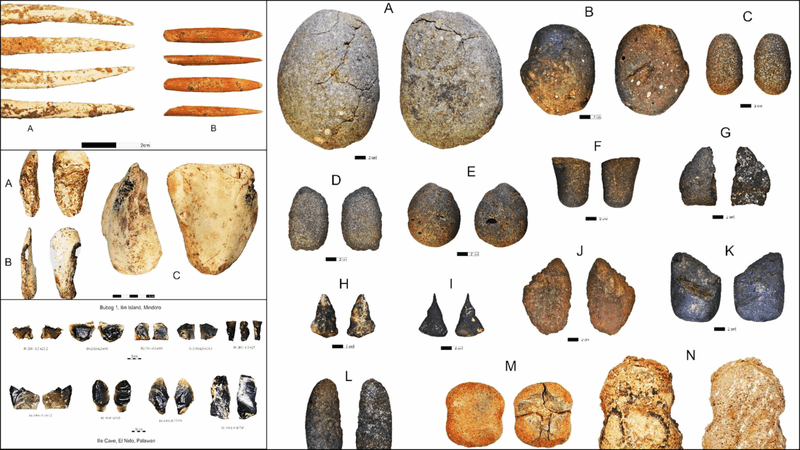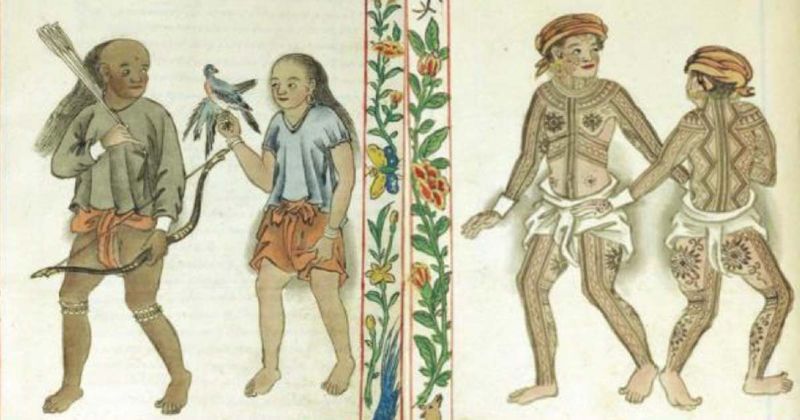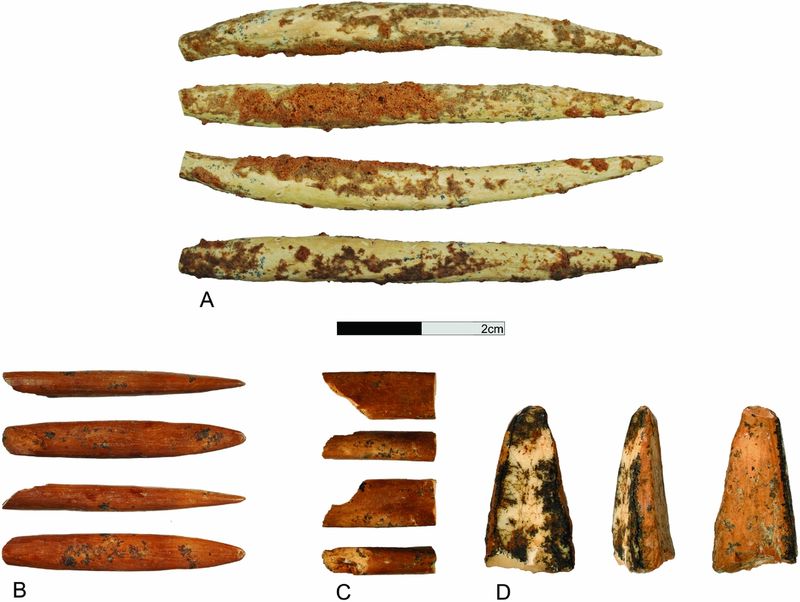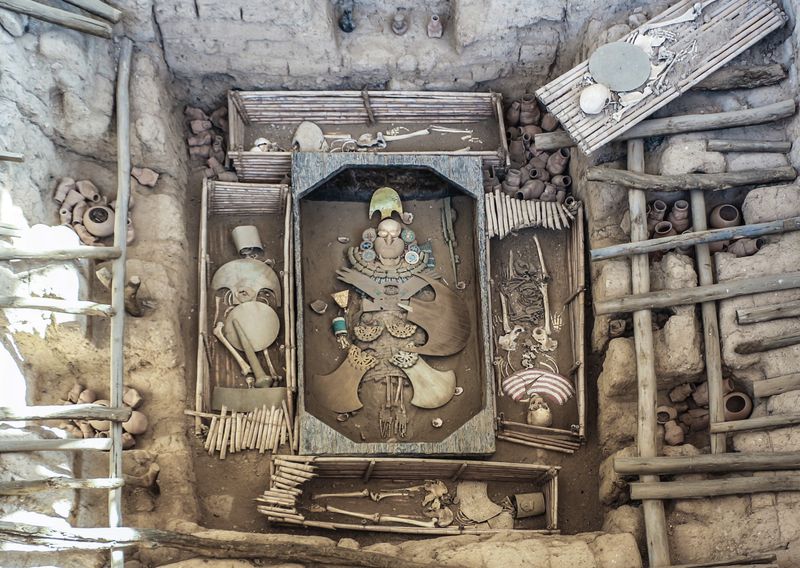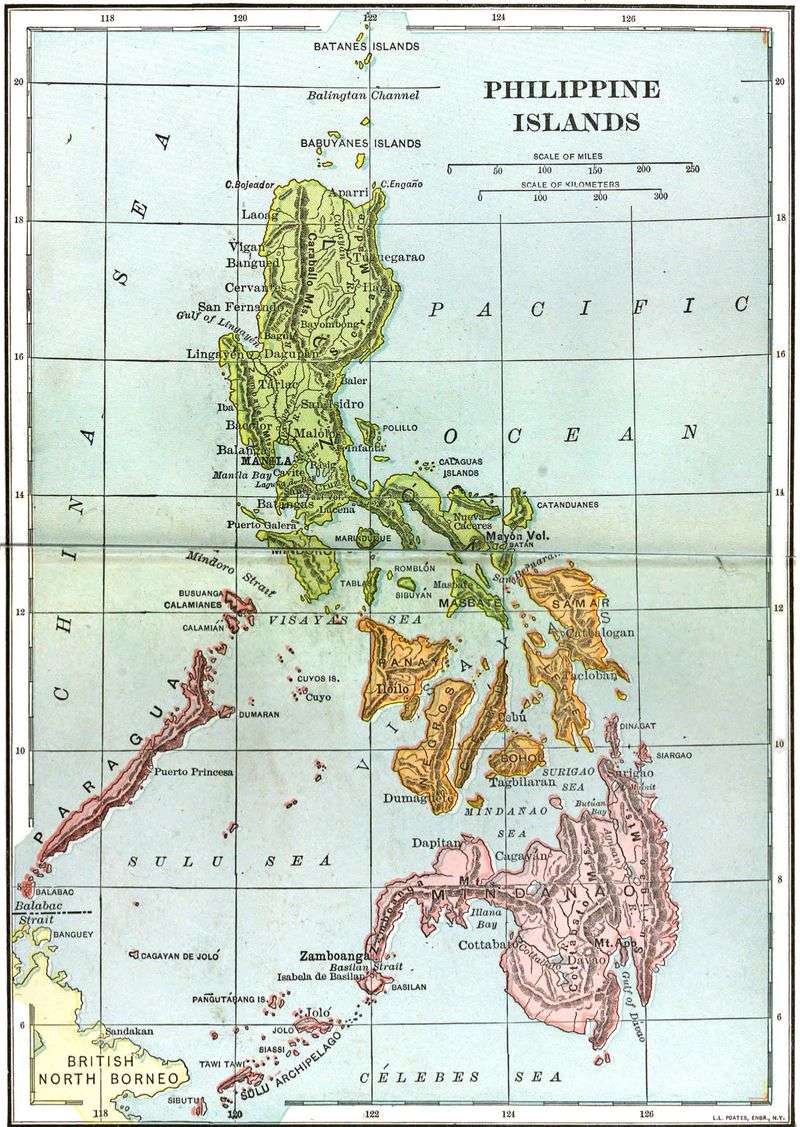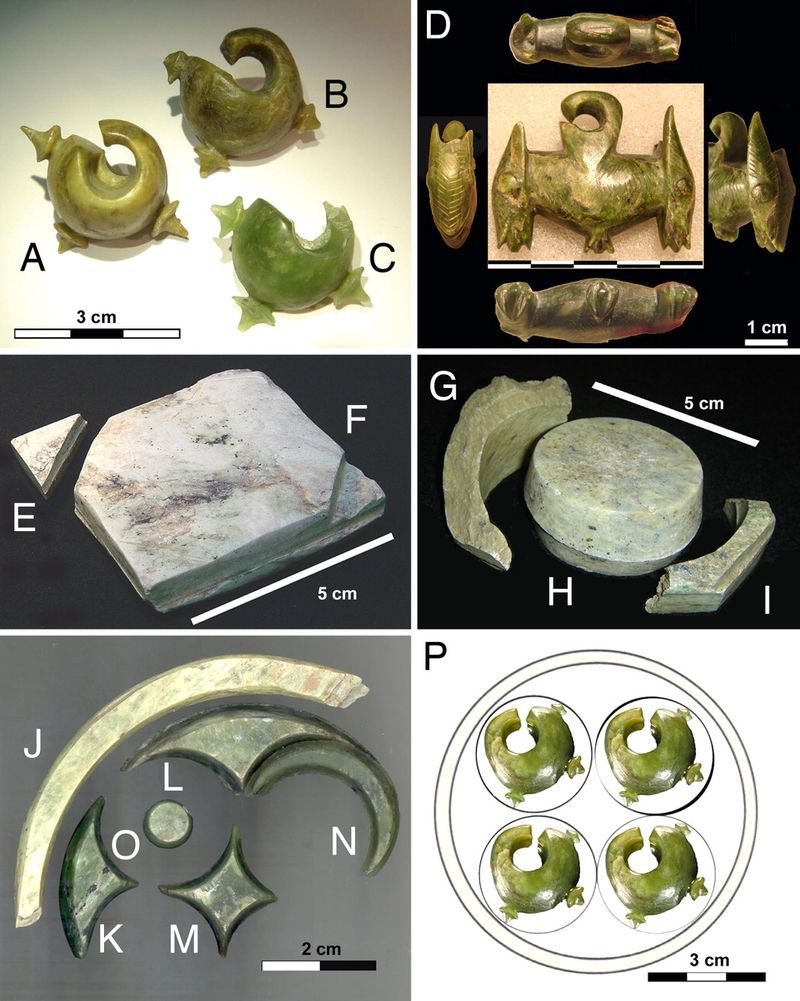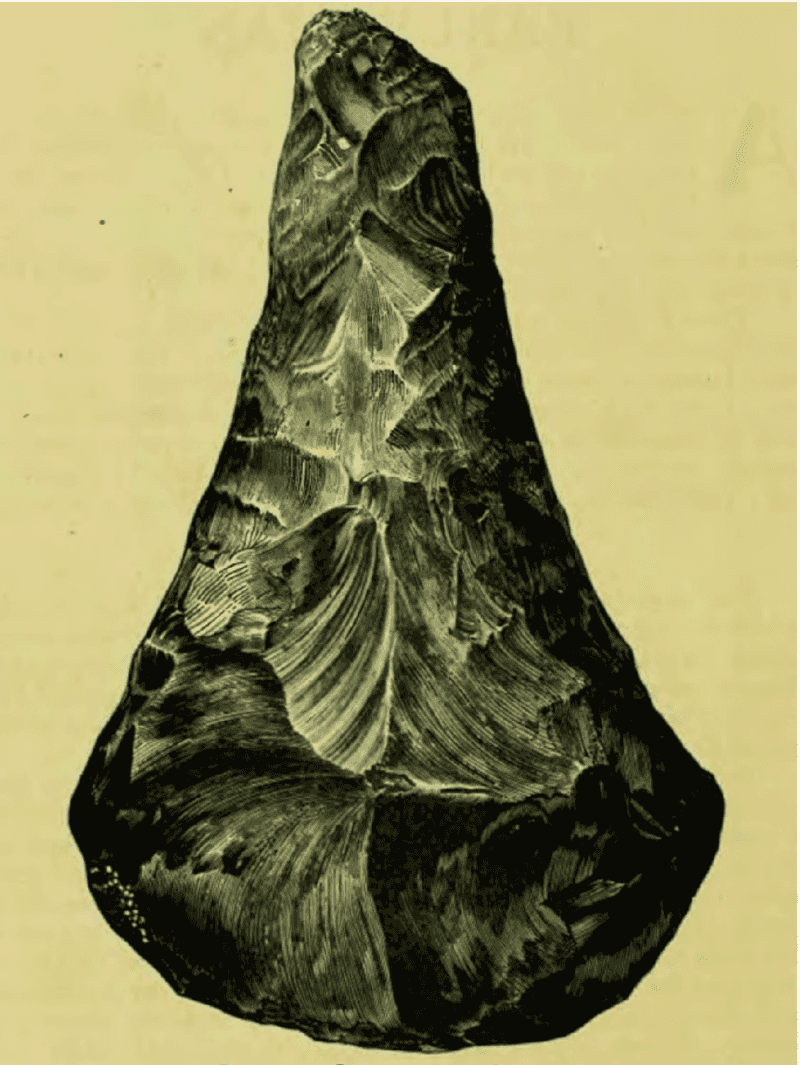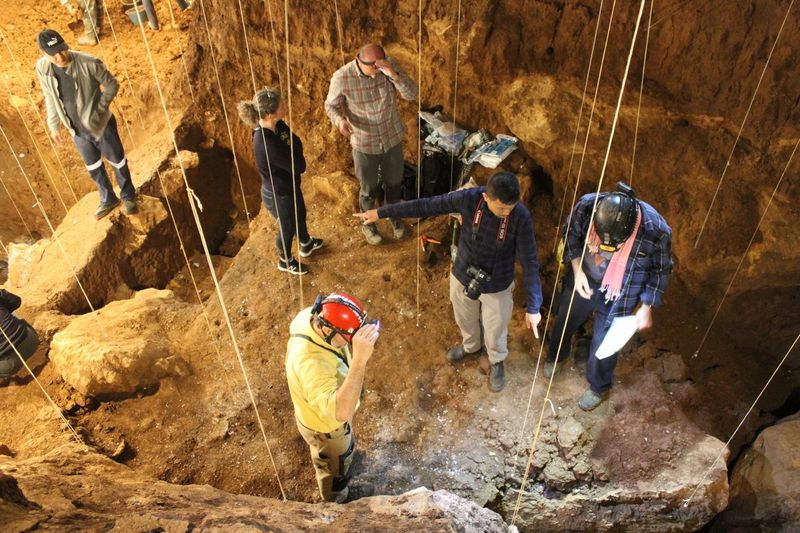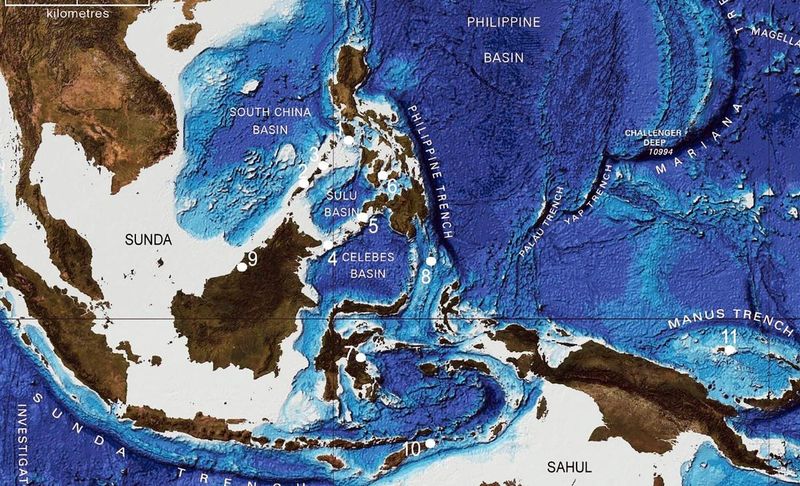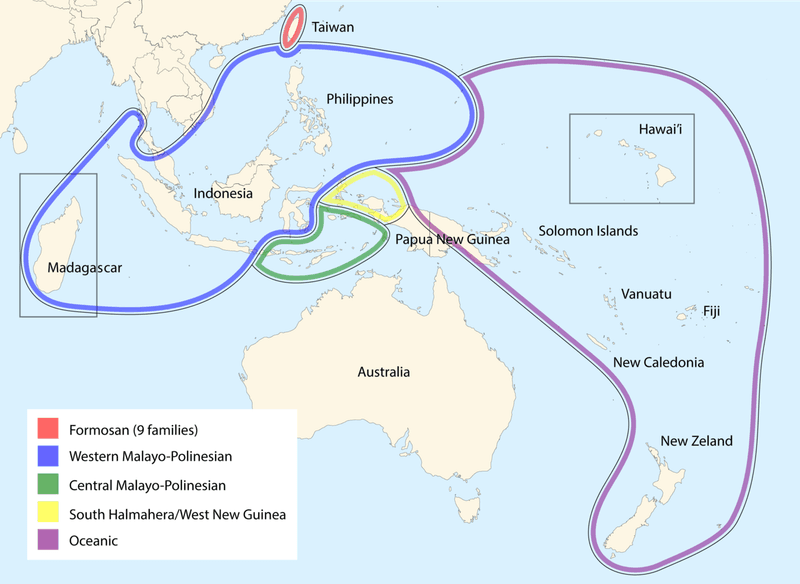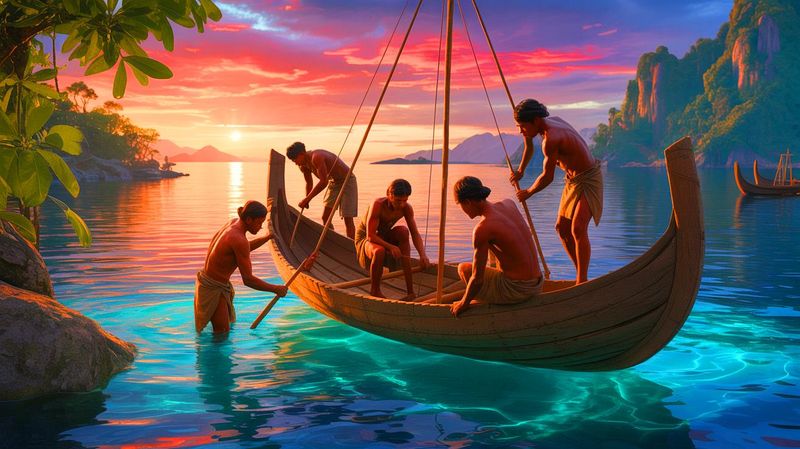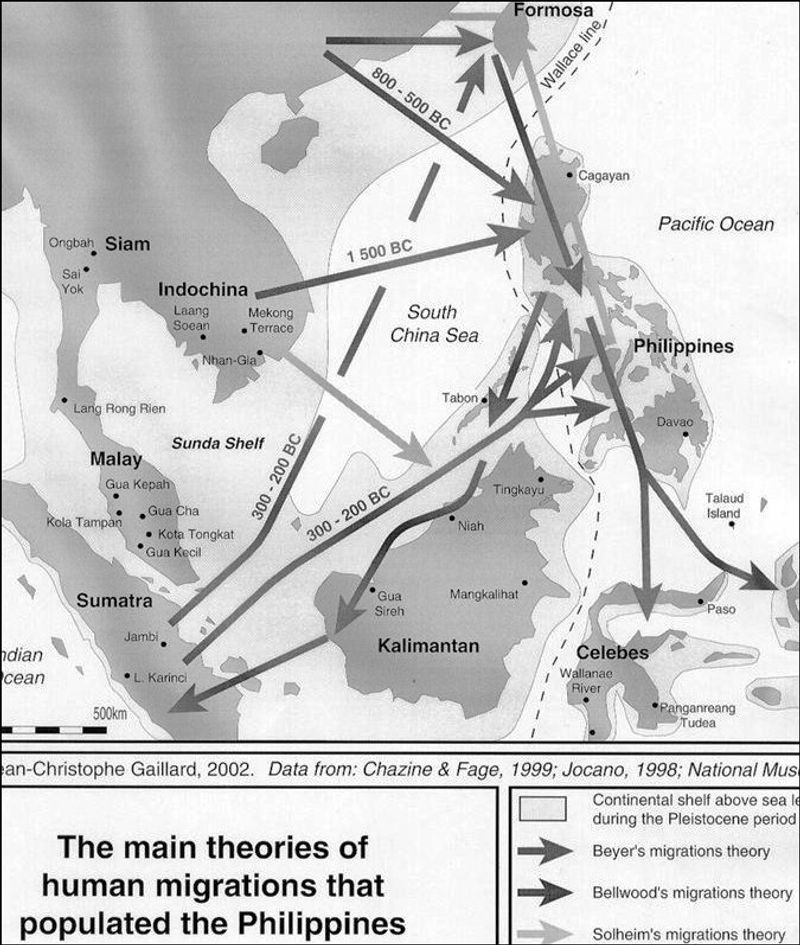Scientists have uncovered something amazing in the Philippines that’s making historians rewrite the books.
A 35,000-year-old civilization has been discovered, and it’s completely changing what we thought we knew about early human societies.
This incredible find shows that advanced civilizations existed thousands of years before we ever imagined possible.
1. Agriculture Wasn’t Needed for Advanced Society
Conventional wisdom taught us that farming created the first civilizations around 10,000 years ago. However, this Philippine society flourished 35,000 years ago, proving that agriculture wasn’t necessary for complex communities.
While most humans lived in caves during this period, these remarkable people built organized settlements. Their success challenges everything we believed about human development and civilization requirements.
2. Deep-Sea Fishing Masters of the Ancient World
Forget simple coastal gathering – these ancient Filipinos were expert ocean navigators. Archaeological evidence reveals they caught tuna, sharks, and marlin in deep waters far from shore.
Specialized fishing tools, hooks, and nets suggest they possessed sophisticated boats and navigation knowledge. Their maritime skills rivaled modern fishing techniques, proving their incredible adaptability and intelligence thousands of years before written history.
3. Inter-Island Trade Networks Existed Before Farming
Obsidian tools and exotic shells found at the site originated hundreds of miles away from different islands. This proves these ancient people maintained active trade relationships across vast ocean distances.
Previously, historians believed long-distance trade only developed after settled agriculture. This discovery completely rewrites our understanding of prehistoric commerce and shows complex economic systems existed much earlier than imagined.
4. Ceremonial Burials Reveal Complex Belief Systems
Human remains show intentional burial practices with carefully placed grave goods and specific body positioning. These rituals indicate sophisticated spiritual beliefs and possibly religious hierarchies within their society.
The burial methods suggest these people believed in afterlife concepts and honored their dead with ceremony. Such practices demonstrate advanced social organization and cultural complexity that rivals later civilizations.
5. Permanent Communities, Not Temporary Camps
Archaeological evidence reveals organized settlements with clear signs of permanent habitation rather than temporary shelters. These weren’t nomadic wanderers but established community builders.
Social organization, task specialization, and division of labor are evident throughout the site. Different areas served specific purposes, indicating planned urban development and sophisticated community management that defines true civilization.
6. Southeast Asia Was a Innovation Powerhouse
Traditional narratives placed Southeast Asia on the fringes of early human development, focusing on Middle Eastern and European achievements. This discovery proves the region was actually a cradle of innovation.
The Philippines housed advanced societies equal to or ahead of traditionally recognized civilization centers. This finding forces historians to acknowledge Southeast Asia’s crucial role in human development and technological advancement.
7. Incredibly Advanced Tool Technology
Sharp blades, specialized fishing spears, polished shell tools, and refined stone implements demonstrate exceptional craftsmanship. These weren’t primitive cave dwellers but skilled artisans and engineers.
The tool quality rivals much later civilizations, showing sophisticated manufacturing techniques and materials knowledge. Their technological prowess proves intelligence and innovation flourished thousands of years before previously thought possible in human history.
8. Published in Major Scientific Journal
Archaeological Research in Asia published these groundbreaking findings, lending serious academic credibility to the discovery. This isn’t fringe theory but peer-reviewed scientific fact.
The publication has sparked intense academic debate and forced researchers worldwide to reconsider human development timelines. Major universities and institutions now recognize this discovery as legitimate evidence that reshapes our understanding of prehistoric civilizations.
9. Part of Prehistoric Maritime Civilization Network
Growing evidence suggests connected seafaring societies stretched across Southeast Asia, forming possibly the earliest known maritime civilization. The Philippine site may represent one node in this vast network.
Other similar discoveries throughout the region indicate coordinated development and shared technologies. This maritime civilization predates land-based societies by tens of thousands of years, revolutionizing our understanding of human social evolution.
10. DNA Links to Modern Austronesian Peoples
Researchers believe these ancient inhabitants could be genetic or cultural ancestors of Austronesian peoples. Modern descendants of this group span from Madagascar to Hawaii across the Pacific.
Genetic analysis may reveal direct lineage connections spanning 35,000 years of human history. This link would prove continuous cultural and biological heritage across one of the world’s most geographically dispersed population groups.
11. Farming Wasn’t Required for Complex Society
These ocean-based people proved agricultural revolution wasn’t necessary for sophisticated civilization development. They thrived entirely off marine resources without wheat fields or plows.
Their success represents the first known seaborne civilization, demonstrating alternative paths to social complexity. This challenges fundamental assumptions about human development and shows multiple routes existed toward advanced society formation throughout prehistory.
12. Rewriting Human History’s Timeline
If advanced Philippine society existed 35,000 years ago, everything we thought about civilization origins needs complete rethinking. Traditional timelines are now obsolete.
Perhaps the first great civilizations didn’t rise in river valleys like Mesopotamia but along ocean shores. This discovery forces historians to redraw the entire map of human development and acknowledge much earlier origins of complex societies.
